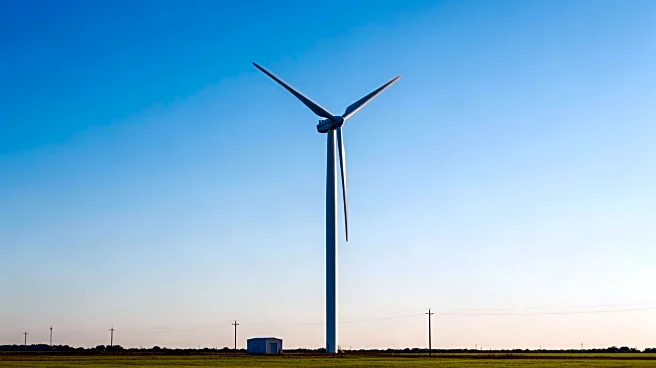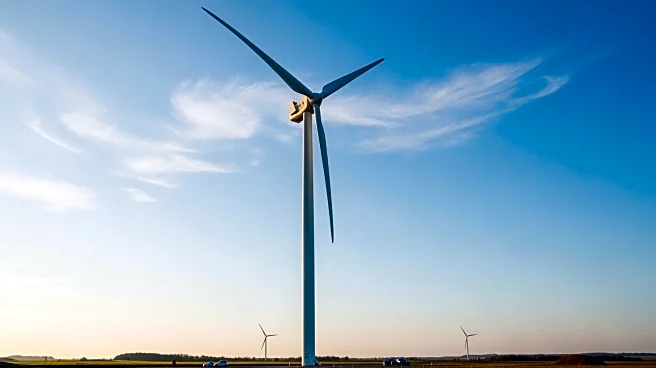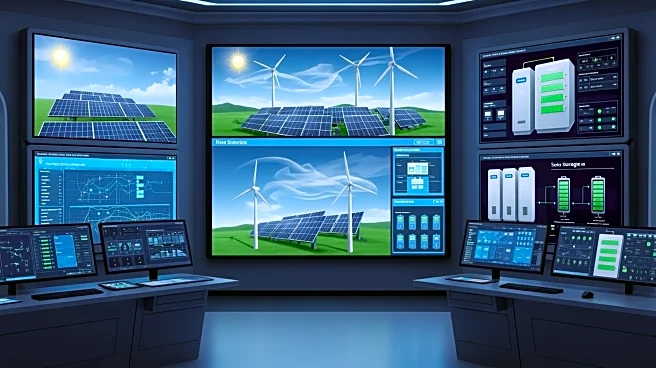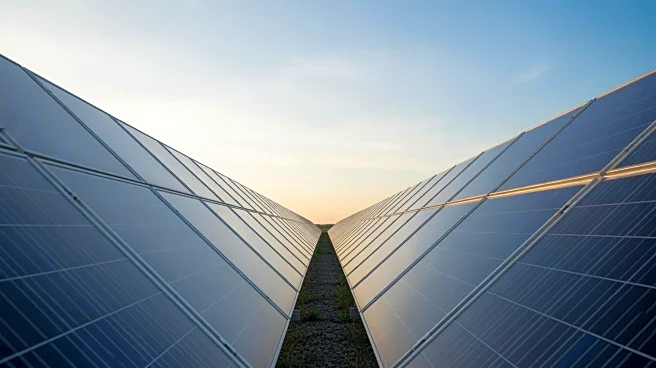What's Happening?
The Electric Reliability Council of Texas (ERCOT) has been increasingly relying on renewable energy sources such as solar and wind to meet the rising electricity demand in Texas. In the first nine months of 2025, ERCOT experienced a record high in electricity demand,
with a 5% increase compared to the same period in 2024, reaching 372 terawatt-hours (TWh). This growth marks a 23% increase from the same months in 2021. Utility-scale solar and wind have been the fastest-growing sources of electricity, with solar generation increasing by 50% from 2024 and nearly quadrupling since 2021. Wind generation also saw a 4% increase from 2024 and a 36% increase since 2021. Together, these renewable sources met 36% of ERCOT's electricity demand in the first nine months of 2025.
Why It's Important?
The shift towards renewable energy in Texas is significant as it reflects a broader trend of increasing reliance on sustainable energy sources to meet growing electricity demands. This transition not only helps reduce carbon emissions but also decreases dependency on natural gas, which has remained relatively flat in recent years. The increased use of solar and wind energy, supported by battery storage, enhances grid reliability and reduces the need for natural gas-fired generation during peak solar output times. This development is crucial for Texas, which has one of the fastest-growing electricity demands in the U.S., and it sets a precedent for other states to follow in terms of integrating renewable energy into their grids.
What's Next?
ERCOT's electricity demand is expected to continue growing, with forecasts predicting a 14% increase in the first nine months of 2026 compared to 2025, reaching 425 TWh. This ongoing demand growth will likely drive further investments in renewable energy infrastructure and battery storage solutions. As ERCOT continues to adapt to these changes, stakeholders, including policymakers and energy companies, will need to focus on expanding renewable capacity and enhancing grid resilience to accommodate the increasing reliance on solar and wind energy.













